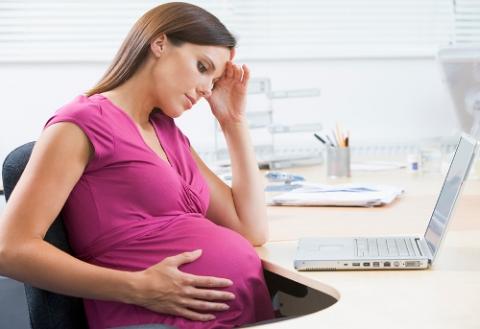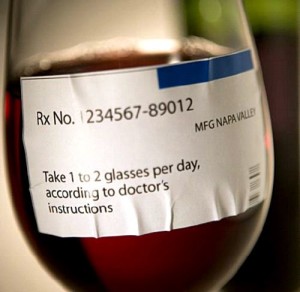A commonality in human diets are nuts, specifically tree nuts. It is widely thought that tree nuts such as walnuts, almonds, and cashews are good for your body and decrease health risks. That is why tree nuts are a commonality in human diets. Just how healthy are tree nut and what type of health benefits does it have for humans? Let’s find out.
 Multiple studies have been published in this topic. The first study that I am going to discuss was published in Oxford University Press Nutrition Journal. This study was an analysis of 36 studies, observational and experimental, on the health benefits of nuts. The analysis of these studies found that people who ate the most nuts had a 15% lower chance of getting cancer than people who ate the least amount of nuts. But, the study did not find a noteworthy difference in the risk for type 2 diabetes.
Multiple studies have been published in this topic. The first study that I am going to discuss was published in Oxford University Press Nutrition Journal. This study was an analysis of 36 studies, observational and experimental, on the health benefits of nuts. The analysis of these studies found that people who ate the most nuts had a 15% lower chance of getting cancer than people who ate the least amount of nuts. But, the study did not find a noteworthy difference in the risk for type 2 diabetes.
This study is strong because it is analysis of 36 different studies, which include many people and extensive research. The combination of experimental and observational studies also make this study a credible one. One downside to this study is that 3rd variables can come into play. The scientists who contributed to the study mentioned that while some studies that they included in their analysis tested for 3rd variables such as diet and BMI (Body Mass Index), not all studies did. This can taint the validity of the study because 3rd variables still come into play. Also, the scientists mentioned that it is a possibility that the people who ate the most nuts were just healthier overall. Therefore, the study can be credited as proof that eating nuts decreases health risks, but direct causation is not possible without further studies.
Another study that I am going to discuss was published in The New England Journal of Medicine on November 2013. This study included close to 120,000 participants. The participants answered a variety of questions about their diet at the beginning of the study, and then every 2-4 years during a 30 year follow-up period. The results of the study found that people who ate nuts everyday lived longer and had healthier lives than people who did not eat nuts every day. More specifically, people who ate nuts every day were less likely to die of cancer, heart disease, and respiratory disease than people who did not eat nuts every day. Also, those who ate nuts were 20% less likely to have passed away during the follow-up period than those who did not eat nuts every day.
This study is one that can be proof that eating nuts is healthy for a human and reduces health risk. The main reason being the length of the study and the number of people that participated in it. The study had close to 120,000 participants. Therefore, the study covered a wide variety of people and ruled out some 3rd variables such as gender. Also, the 30 year follow-up period and all of the studies done during that period also make the study credible because of the extensive amount of data collected during that period.
In conclusion, the hypothesis that eating nuts can lower health risks is true. In the first study, a meta-analysis found that people who eat nuts had a 15% lower chance of getting cancer than people who ate the least amount of nuts than people that did not eat nuts. In the second study I talked about, a study found that people who ate nuts everyday were less likely to die of cancer, heart disease, and respiratory disease than people who did not eat nuts every day. Although some 3rd variables are possible, these studies are still valid. Therefore, if you want to live longer, eat some nuts!
Sources:
http://www.nejm.org/doi/full/10.1056/NEJMoa1307352#t=abstract
http://nutritionreviews.oxfordjournals.org/content/73/7/409
http://www.health.harvard.edu/blog/eating-nuts-linked-to-healthier-longer-life-201311206893
http://www.livescience.com/52895-walnuts-linked-health-improvements.html
http://www.allergysf.com/allergy-education/big-8-top-food-allergens/



























